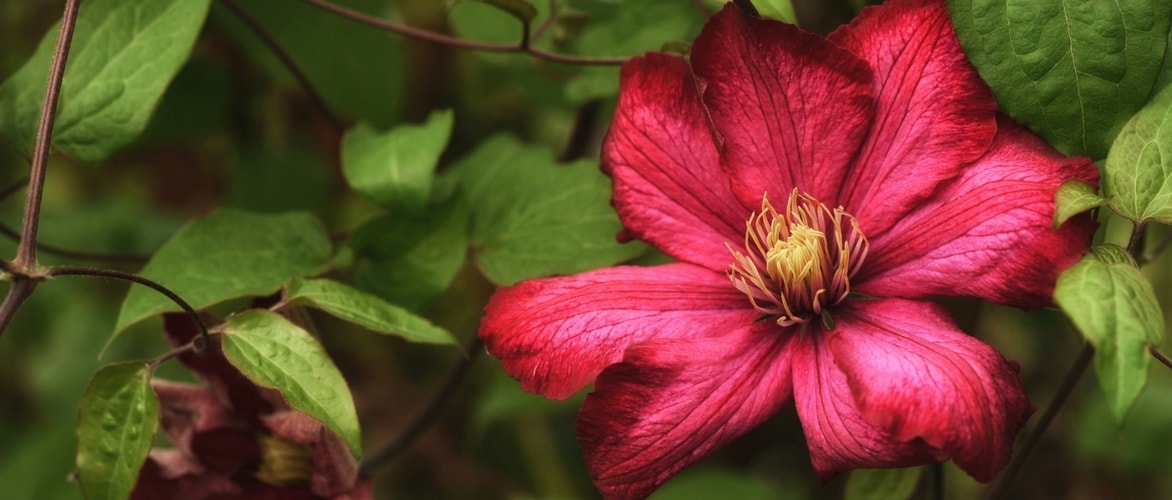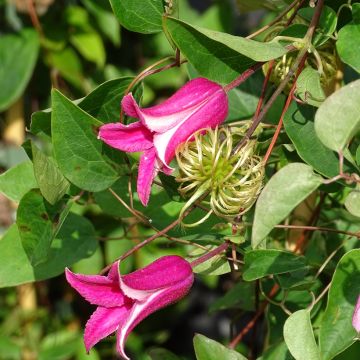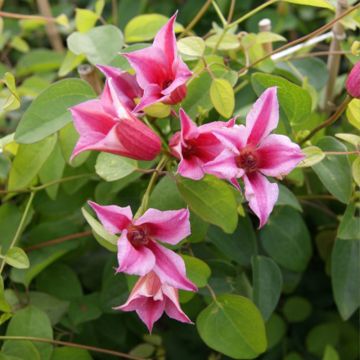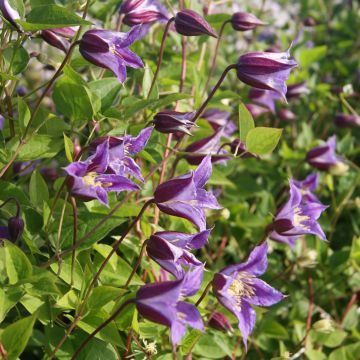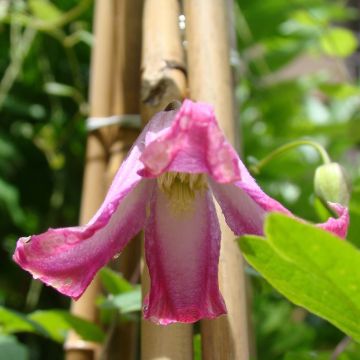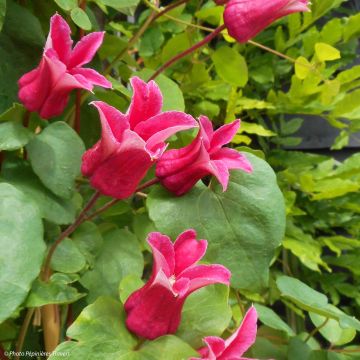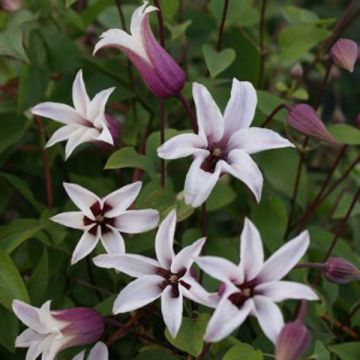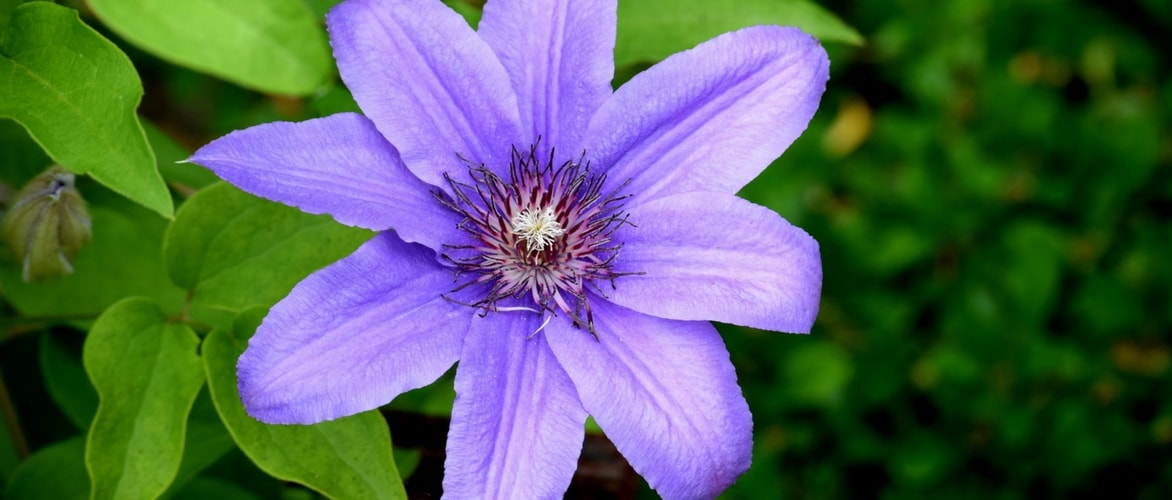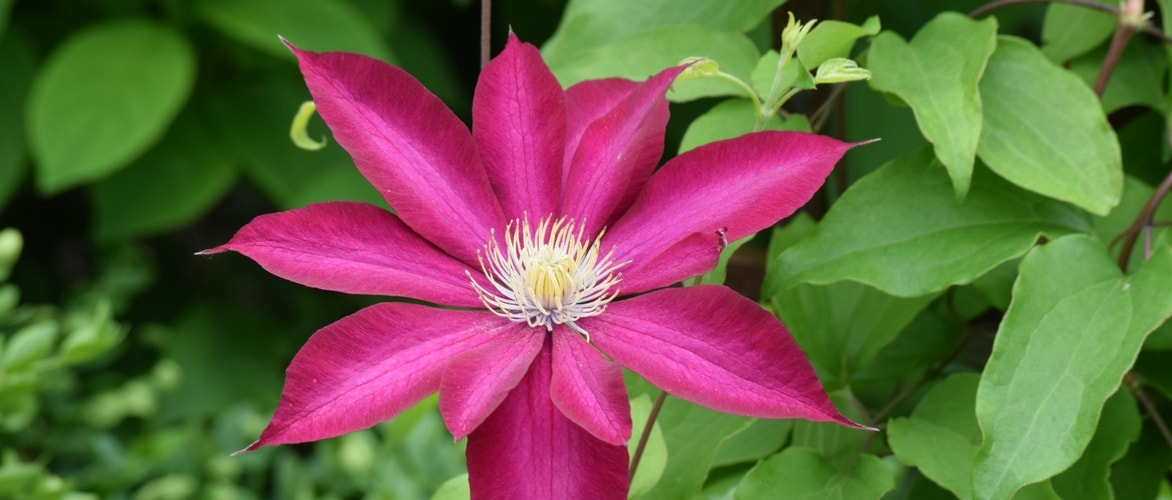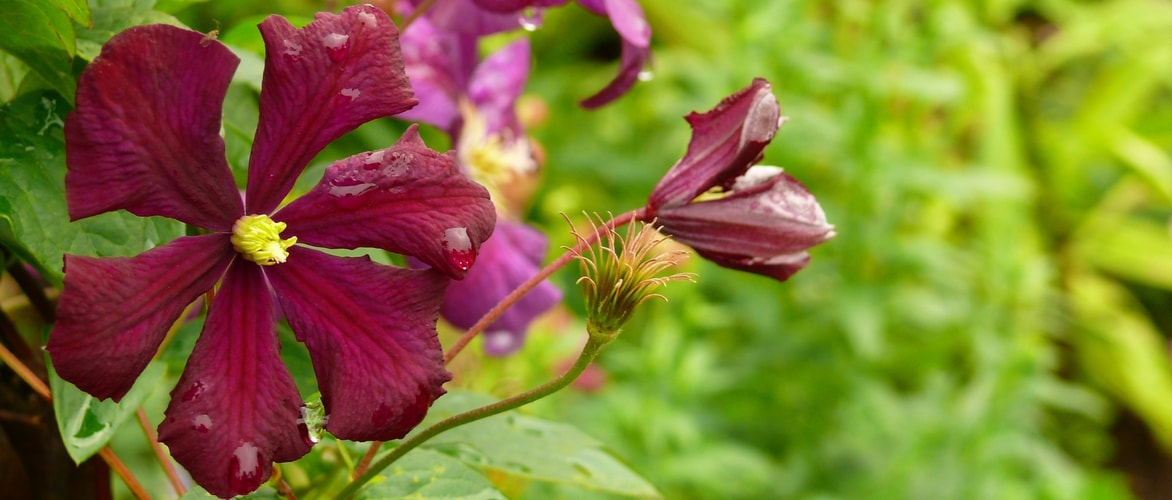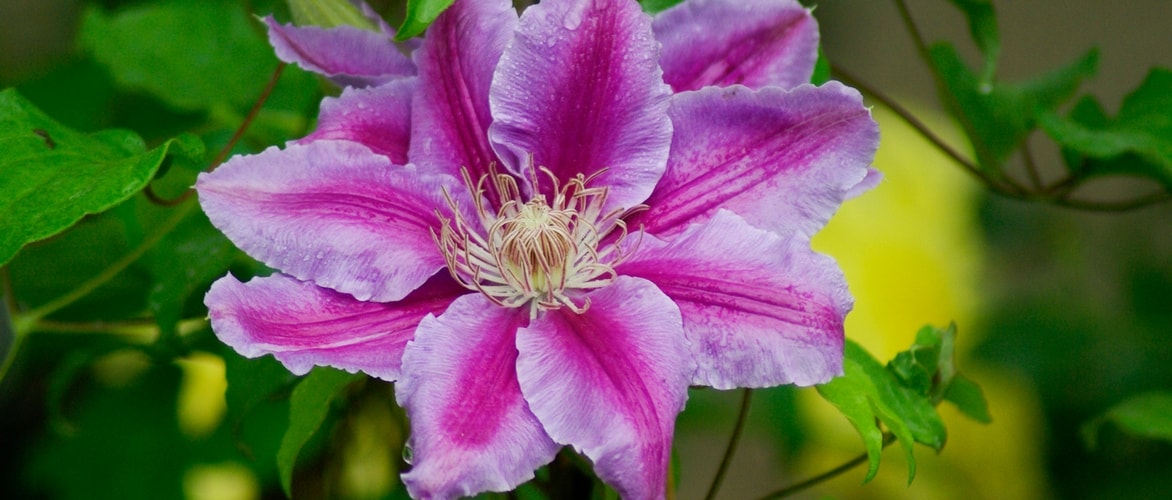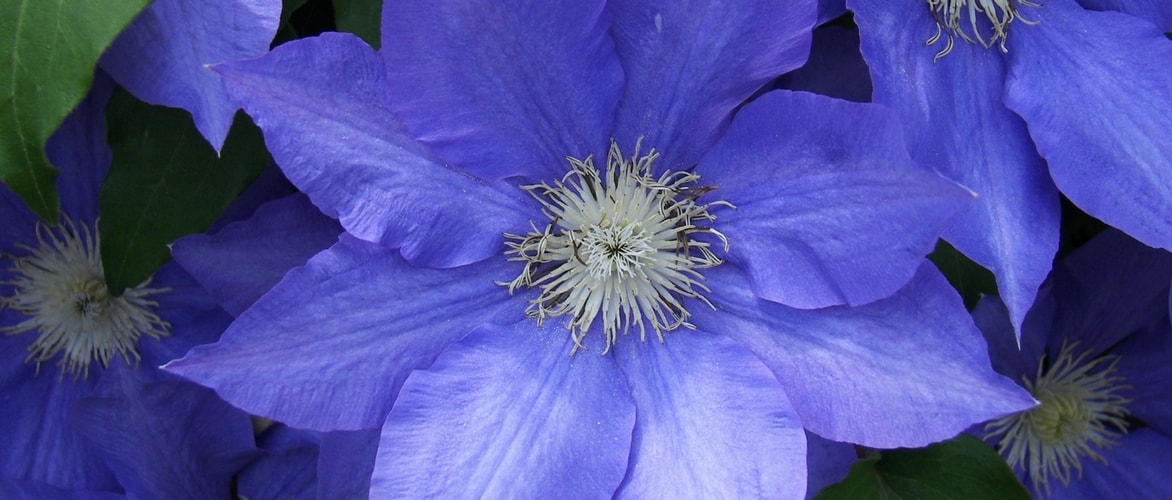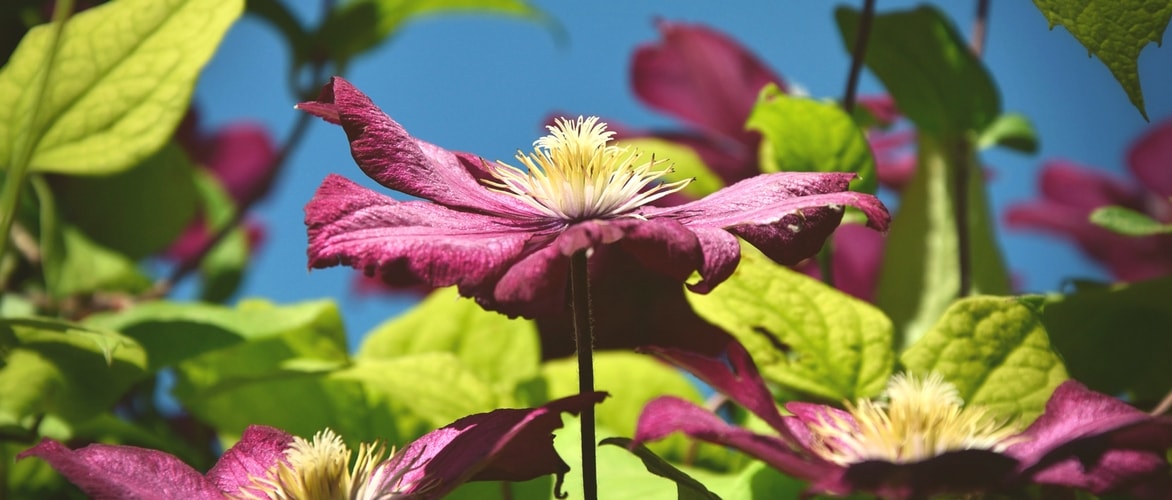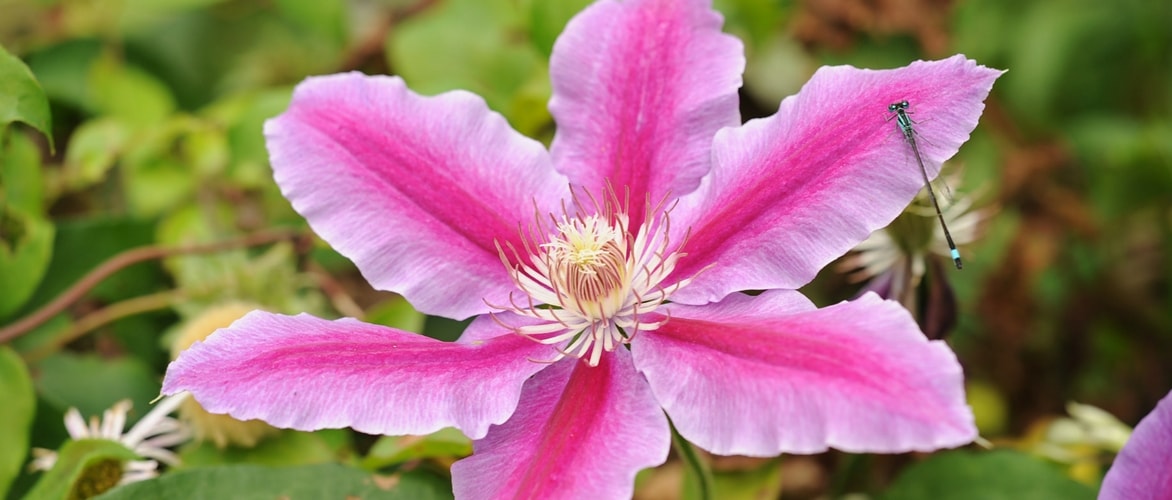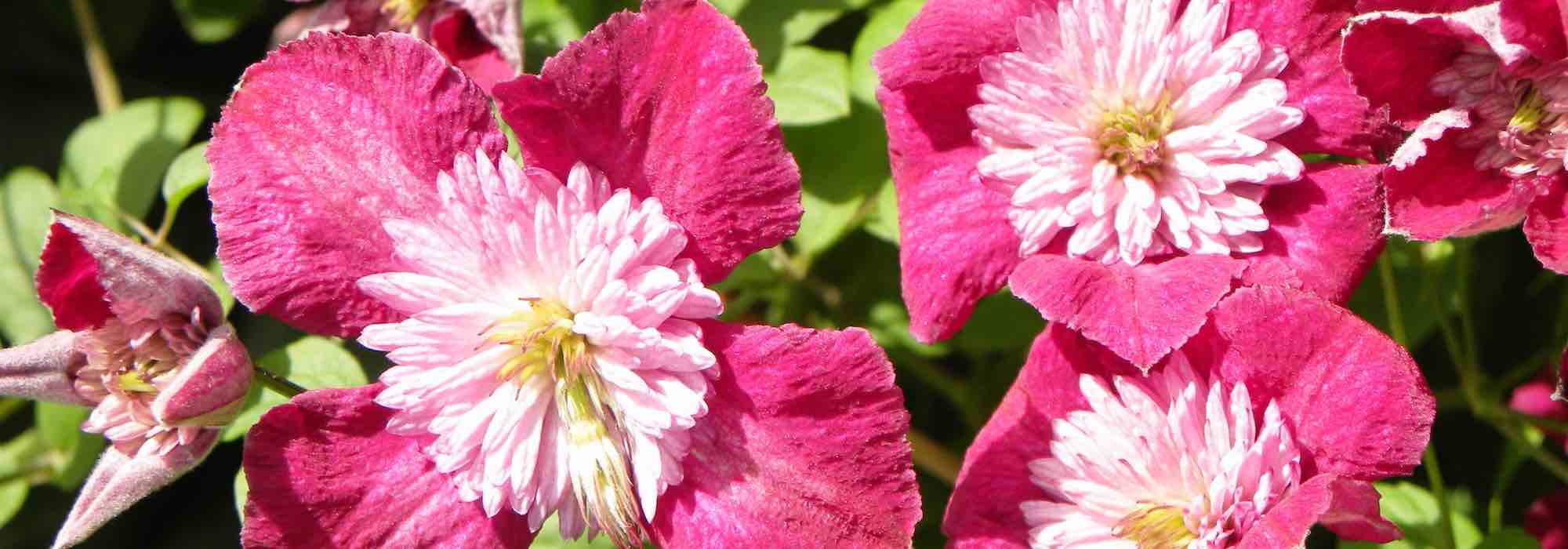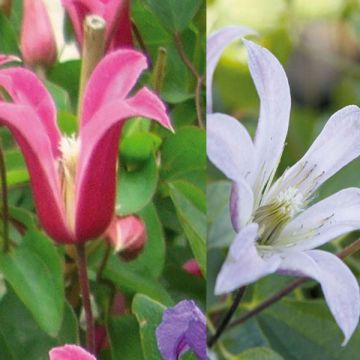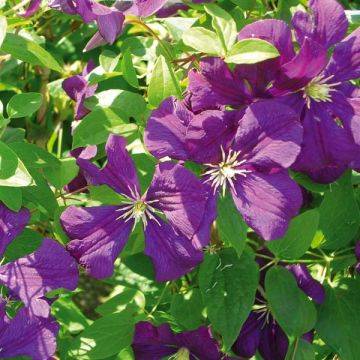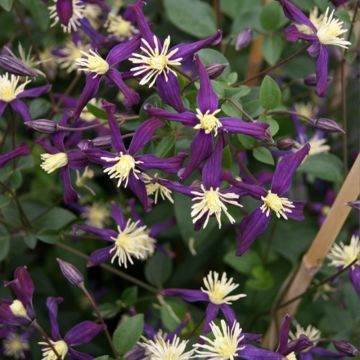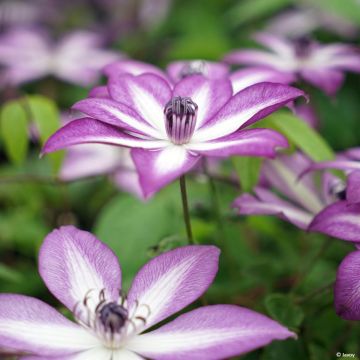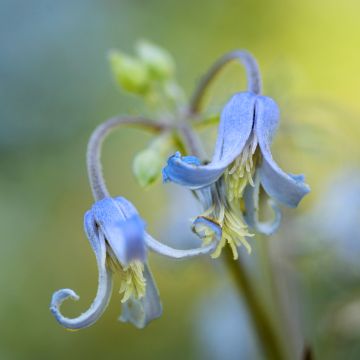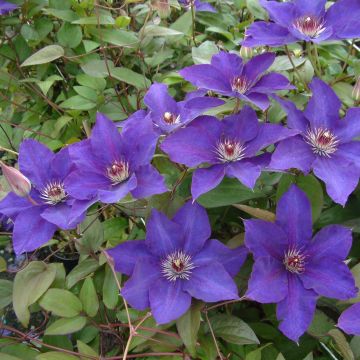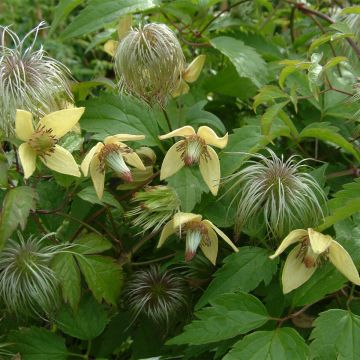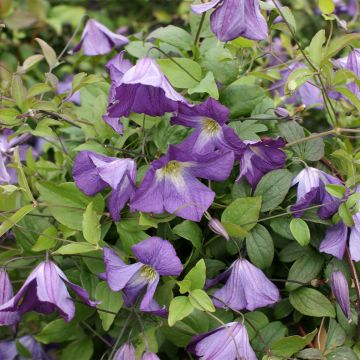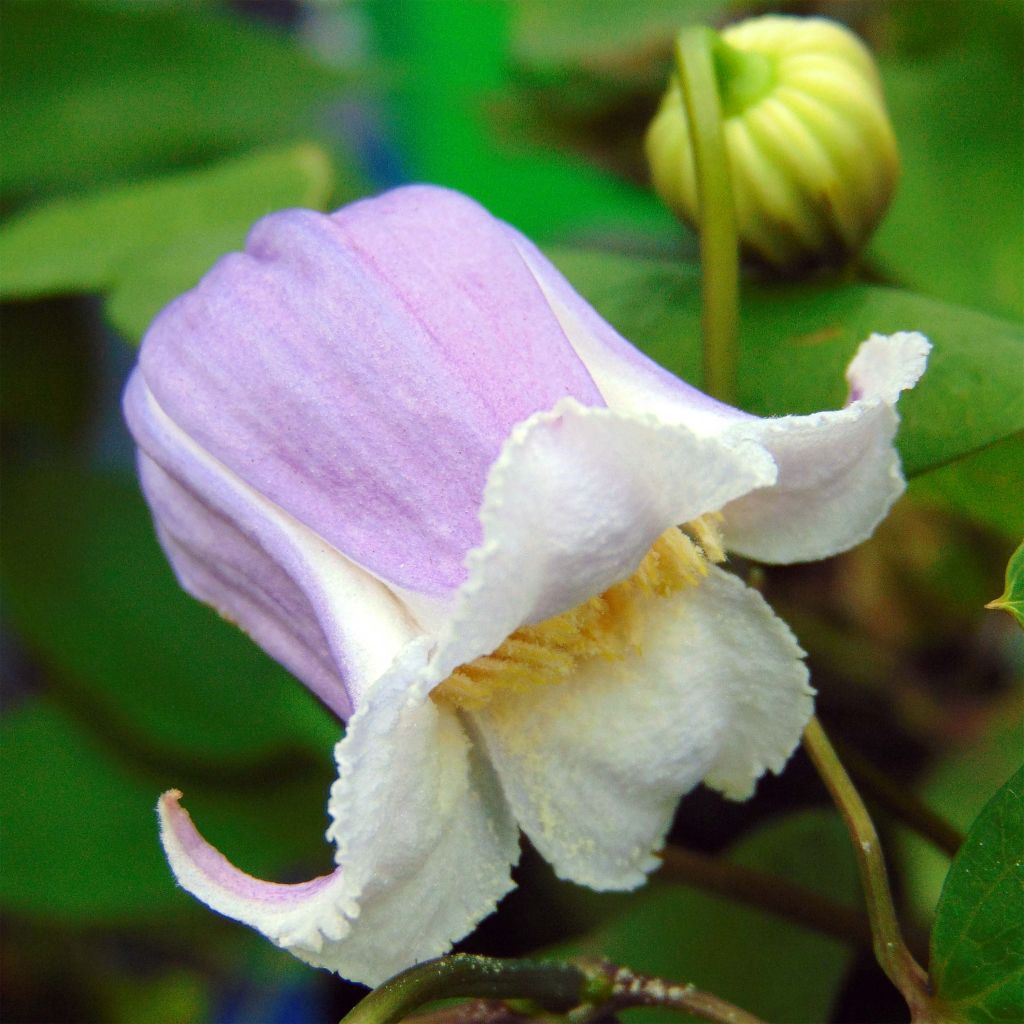

Clématite Annabella - Clematis
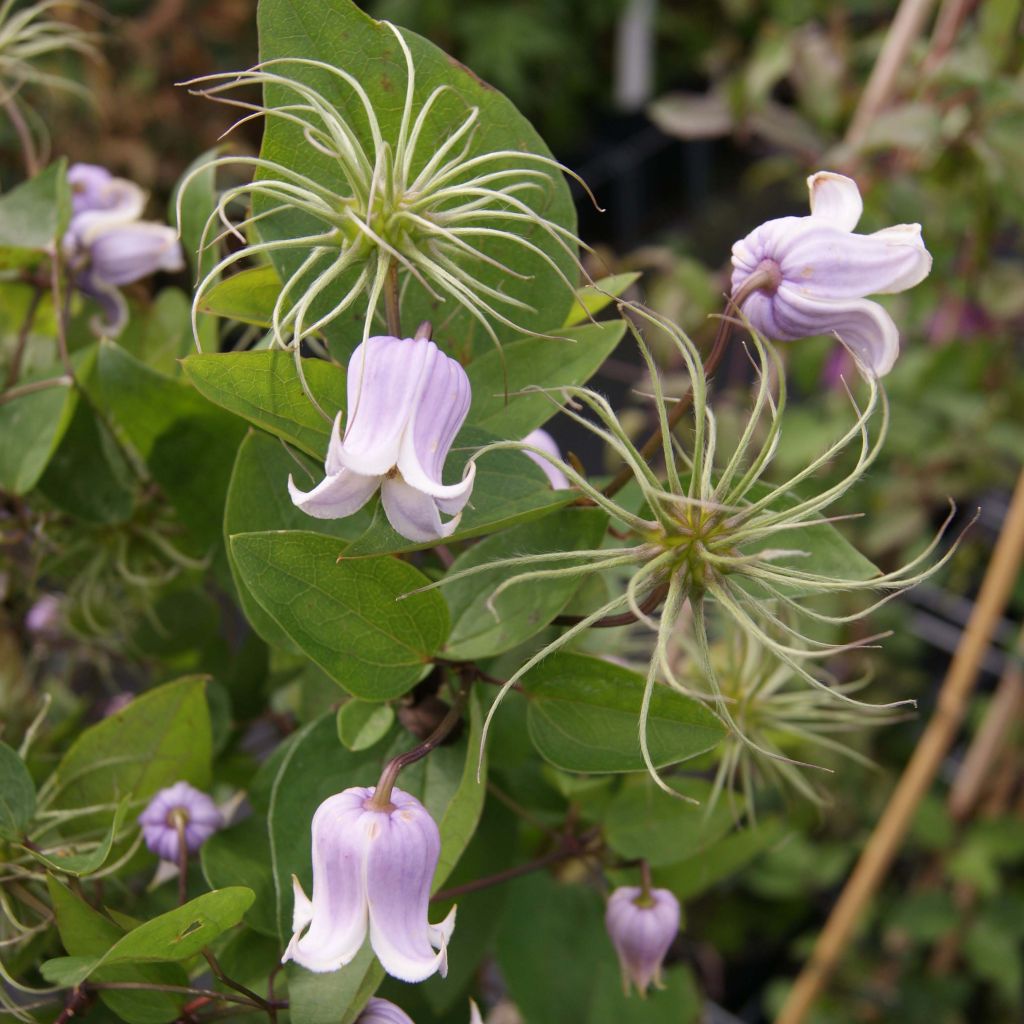

Clématite Annabella - Clematis
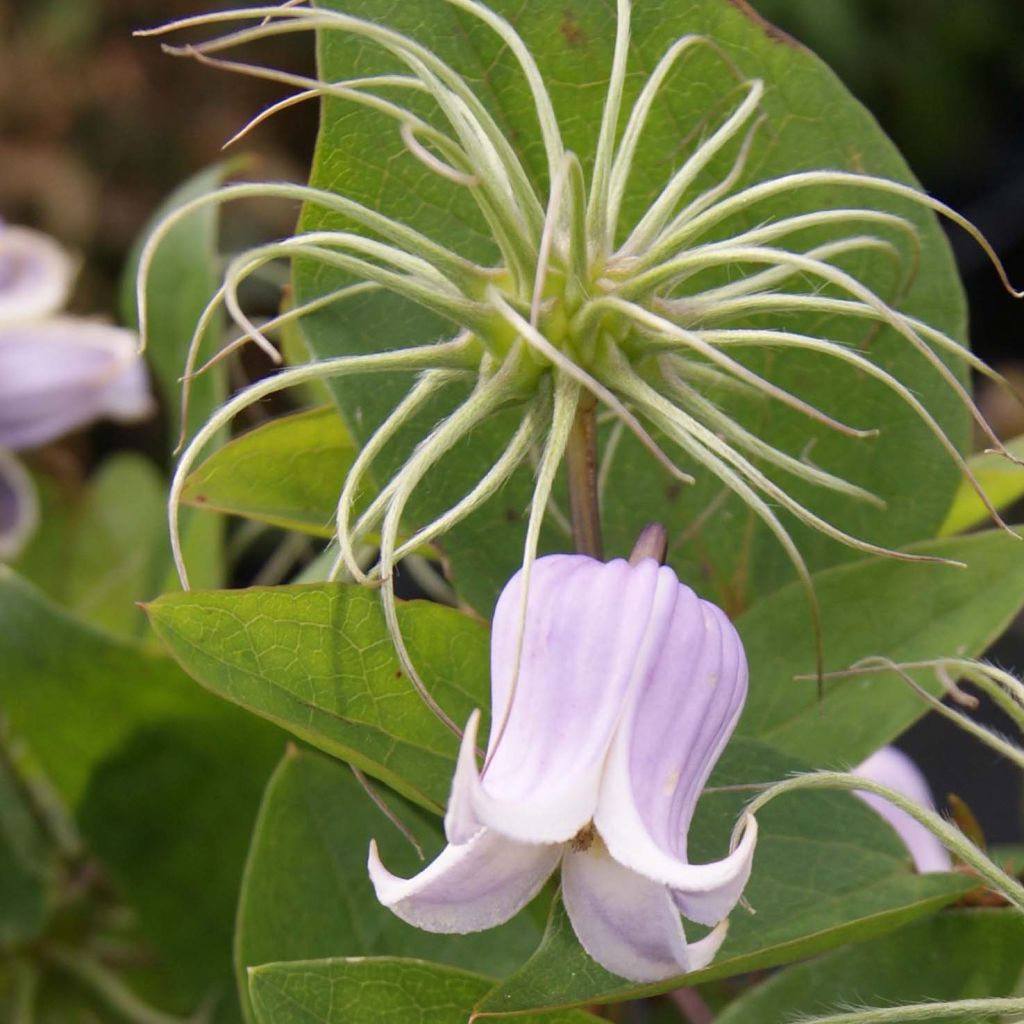

Clématite Annabella - Clematis
Clematis x viorna Annabella (Zo08169 PBRaf)
Clematis x viorna Annabella (Zo08169 PBRaf)
Viorna Clematis
Special offer!
Receive a €20 voucher for any order over €90 (excluding delivery costs, credit notes, and plastic-free options)!
1- Add your favorite plants to your cart.
2- Once you have reached €90, confirm your order (you can even choose the delivery date!).
3- As soon as your order is shipped, you will receive an email containing your voucher code, valid for 3 months (90 days).
Your voucher is unique and can only be used once, for any order with a minimum value of €20, excluding delivery costs.
Can be combined with other current offers, non-divisible and non-refundable.
Home or relay delivery (depending on size and destination)
Schedule delivery date,
and select date in basket
This plant carries a 6 months recovery warranty
More information
We guarantee the quality of our plants for a full growing cycle, and will replace at our expense any plant that fails to recover under normal climatic and planting conditions.
Does this plant fit my garden?
Set up your Plantfit profile →
Description
The Clematis 'Annabella' is a brand new variety of clematis obtained in the Netherlands, belonging to the group of hybrids of Clematis viorna. This lovely variety produces 2m (7ft) stems adorned throughout the summer with delicate flowers, pale blue with a hint of mauve, in the shape of small inverted bells. Succeeding in its cultivation is not difficult in full sun or partial shade, in well-drained but moist soil. This adorable clematis of modest size can fit anywhere; in a bush, on a small trellis or even in a pot on the terrace. Its flowers, of excellent longevity, allow for the creation of delightful country bouquets.
The Annabella Clematis, introduced in 2016 and still little known in France, is part of a group of hybrids obtained by cross-breeding different species such as C.crispa, C.pitcheri, C. texensis and Clematis viorna. The latter is a plant native to the southern United States, not very hardy, but producing curious fleshy bell-shaped flowers for many weeks, a characteristic that it has more or less passed on to its descendants. Plants in this group, which flower on the current year's growth, should be pruned quite severely at the end of winter.
'Annabella' is a deciduous climbing plant that attaches itself to its support through the petioles of its leaves, which are capable of twining around anything within reach. An adult plant will not exceed a height of 2m (7ft) with a spread of 1m (3ft) on the ground. Its particularly long flowering period takes place from June to September. The flowers, either solitary or in small clusters, open at the terminal end and in the axils of the leaves. They are 3cm (1in) wide, composed of 4 fused sepals forming a broad tube at the base. The corolla, blue-mauve in colour and of thick substance, opens up into 4 small reflexed lips. The flowering is followed by the formation of silky helical fruits, grey-silver in colour. The deciduous foliage consists of small rather leathery leaves, entire or divided into 3 lobes, with smooth margins, of medium green colour.
Plant your clematis alongside your climbing roses or lianas to prolong the flowering of your walls and pergolas until the end of summer. Place next to pretty perennials such as geraniums, carnations, sage nemorosa, phlox, which will provide the shade it appreciates at its base. It is a rich and diverse genus, with varieties available in all colours, shapes and sizes. Take advantage of their easiness to grow to give your garden a touch of romance and bohemianism. 'Annabella' loves to weave itself through bushes like dwarf lilacs, flowering currants or Japanese quinces, and performs very well in a large pot.
Tips: Avoid excessive fertilization that stimulates foliage growth at the expense of flowers. Do not mulch the base to avoid excessive moisture that promotes wilt disease.
Clematis x viorna Annabella (Zo08169 PBRaf) in pictures
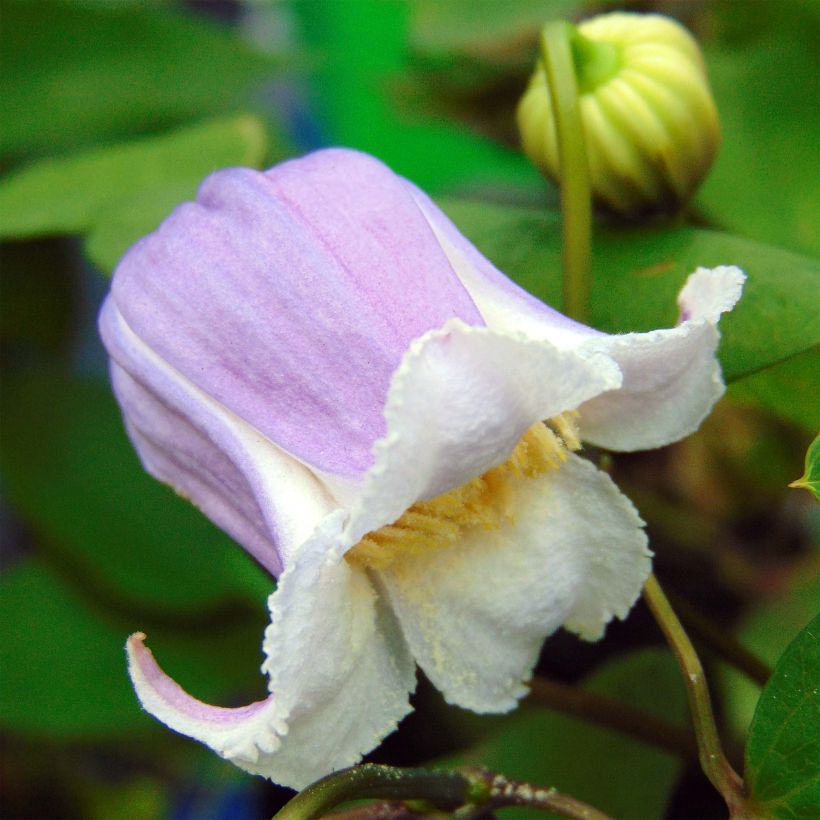

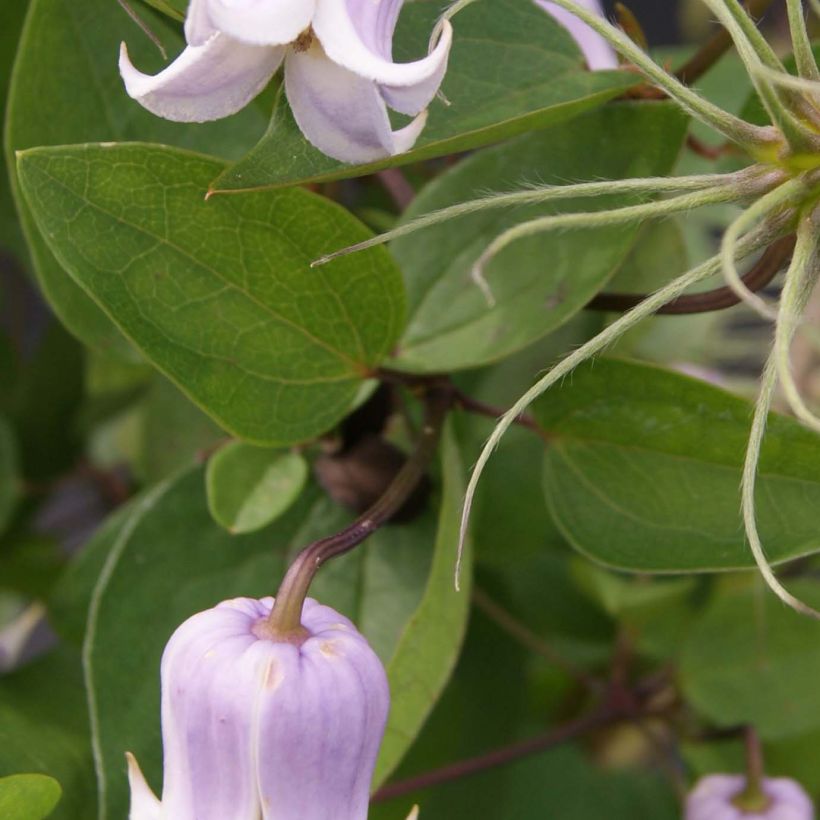

Plant habit
Flowering
Foliage
Botanical data
Clematis
x viorna
Annabella (Zo08169 PBRaf)
Ranunculaceae
Viorna Clematis
Cultivar or hybrid
Other Clematis Texensis
View all →Planting and care
The 'Annabella' Clematis is planted in spring or autumn, at a depth of 8cm (3in), with the root ball laid flat on the ground instead of vertically as usual. The head in the sun and the base in the shade. Cover the base with a small mound of soil to encourage new shoots. After planting, prune the stems to 30cm (12in) from the base, above a pair of buds. Train them loosely to help the plant cling on its own later. During the first few weeks, water regularly. However, be careful not to let the water stagnate as this can cause fungus to develop at the neck. Mulch all clematis plants in February with garden compost or well-rotted manure, avoiding direct contact with the stems. In March, prune all the previous year's stems to 25cm (10in) from the ground and above a pair of buds. Clematis also like to grow freely on neighboring plants.
After a few years, cover the base of your climbing clematis with a small mound of soil to reduce the risk of wilting, while promoting the emergence of vigorous shoots from the stump. Voles and grey worms can attack clematis and devour the stems. Aphids and greenhouse whiteflies are also potential parasites of clematis plants.
Planting period
Intended location
Care
Planting & care advice
-
, onOrder confirmed
Reply from on Promesse de fleurs
Similar products
Haven't found what you were looking for?
Hardiness is the lowest winter temperature a plant can endure without suffering serious damage or even dying. However, hardiness is affected by location (a sheltered area, such as a patio), protection (winter cover) and soil type (hardiness is improved by well-drained soil).

Photo Sharing Terms & Conditions
In order to encourage gardeners to interact and share their experiences, Promesse de fleurs offers various media enabling content to be uploaded onto its Site - in particular via the ‘Photo sharing’ module.
The User agrees to refrain from:
- Posting any content that is illegal, prejudicial, insulting, racist, inciteful to hatred, revisionist, contrary to public decency, that infringes on privacy or on the privacy rights of third parties, in particular the publicity rights of persons and goods, intellectual property rights, or the right to privacy.
- Submitting content on behalf of a third party;
- Impersonate the identity of a third party and/or publish any personal information about a third party;
In general, the User undertakes to refrain from any unethical behaviour.
All Content (in particular text, comments, files, images, photos, videos, creative works, etc.), which may be subject to property or intellectual property rights, image or other private rights, shall remain the property of the User, subject to the limited rights granted by the terms of the licence granted by Promesse de fleurs as stated below. Users are at liberty to publish or not to publish such Content on the Site, notably via the ‘Photo Sharing’ facility, and accept that this Content shall be made public and freely accessible, notably on the Internet.
Users further acknowledge, undertake to have ,and guarantee that they hold all necessary rights and permissions to publish such material on the Site, in particular with regard to the legislation in force pertaining to any privacy, property, intellectual property, image, or contractual rights, or rights of any other nature. By publishing such Content on the Site, Users acknowledge accepting full liability as publishers of the Content within the meaning of the law, and grant Promesse de fleurs, free of charge, an inclusive, worldwide licence for the said Content for the entire duration of its publication, including all reproduction, representation, up/downloading, displaying, performing, transmission, and storage rights.
Users also grant permission for their name to be linked to the Content and accept that this link may not always be made available.
By engaging in posting material, Users consent to their Content becoming automatically accessible on the Internet, in particular on other sites and/or blogs and/or web pages of the Promesse de fleurs site, including in particular social pages and the Promesse de fleurs catalogue.
Users may secure the removal of entrusted content free of charge by issuing a simple request via our contact form.
The flowering period indicated on our website applies to countries and regions located in USDA zone 8 (France, the United Kingdom, Ireland, the Netherlands, etc.)
It will vary according to where you live:
- In zones 9 to 10 (Italy, Spain, Greece, etc.), flowering will occur about 2 to 4 weeks earlier.
- In zones 6 to 7 (Germany, Poland, Slovenia, and lower mountainous regions), flowering will be delayed by 2 to 3 weeks.
- In zone 5 (Central Europe, Scandinavia), blooming will be delayed by 3 to 5 weeks.
In temperate climates, pruning of spring-flowering shrubs (forsythia, spireas, etc.) should be done just after flowering.
Pruning of summer-flowering shrubs (Indian Lilac, Perovskia, etc.) can be done in winter or spring.
In cold regions as well as with frost-sensitive plants, avoid pruning too early when severe frosts may still occur.
The planting period indicated on our website applies to countries and regions located in USDA zone 8 (France, United Kingdom, Ireland, Netherlands).
It will vary according to where you live:
- In Mediterranean zones (Marseille, Madrid, Milan, etc.), autumn and winter are the best planting periods.
- In continental zones (Strasbourg, Munich, Vienna, etc.), delay planting by 2 to 3 weeks in spring and bring it forward by 2 to 4 weeks in autumn.
- In mountainous regions (the Alps, Pyrenees, Carpathians, etc.), it is best to plant in late spring (May-June) or late summer (August-September).
The harvesting period indicated on our website applies to countries and regions in USDA zone 8 (France, England, Ireland, the Netherlands).
In colder areas (Scandinavia, Poland, Austria...) fruit and vegetable harvests are likely to be delayed by 3-4 weeks.
In warmer areas (Italy, Spain, Greece, etc.), harvesting will probably take place earlier, depending on weather conditions.
The sowing periods indicated on our website apply to countries and regions within USDA Zone 8 (France, UK, Ireland, Netherlands).
In colder areas (Scandinavia, Poland, Austria...), delay any outdoor sowing by 3-4 weeks, or sow under glass.
In warmer climes (Italy, Spain, Greece, etc.), bring outdoor sowing forward by a few weeks.






























